The 6 best diets for building muscle and improving performance
Not all diets are about counting calories. We break down the new breed of diet offering more muscle, improved performance and better health
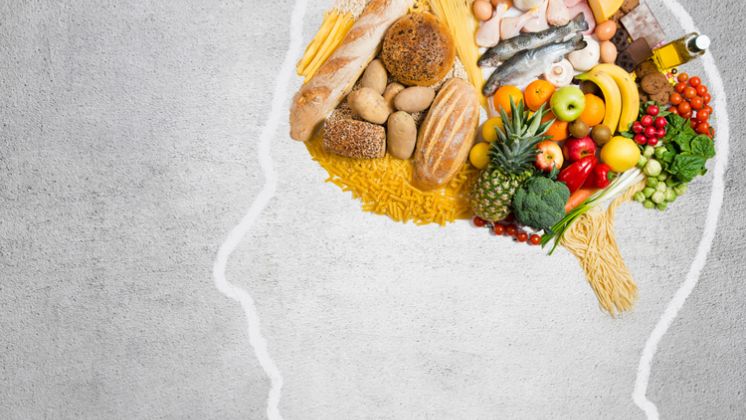
16/8

5:2 is dead – long live 16/8. Popularised by Swedish nutritionist Martin Berkhan and used by Hugh Jackman during his prep for X-Men: Days Of Future Past, this is fasting, but not as you know it. Rather than spend entire days without food, you simply extend your overnight ‘fast’ to 16 hours. Ideally, towards the end of the 16 hours you hit the gym, chugging a protein shake or a handful of BCAAs before training, and eating your first and biggest meal of the day straight after. Two more meals follow, spaced a few hours apart before the eight-hour eating ‘window’ closes.
The idea behind 16/8 is to reap the benefits of regular fasts but without disrupting your performance in the gym. Unfortunately there’s a real lack of
research on 16/8, and on fasting combined with exercise in general, but there are studies that show long gaps between meals can have advantages for muscle retention and fat loss.
The problem with all fasting diets is making sure you hit all your targets nutritionally and eight hours to eat an entire day’s worth of food is a problem for some.
Pros: Simple set-up and possible health advantages.
Cons: It’s tough to hit your nutrition targets in the time available.
Verdict: A good choice if you have a tough time staying lean and don’t mind eating big.
Anabolic Diet
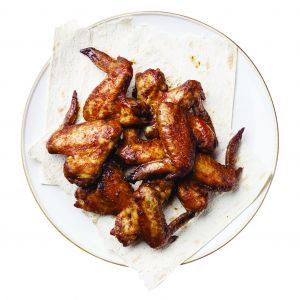
You may have heard of ketogenic dieting or ‘keto’ – the high-fat, high-protein, low-carb method designed to get your body using fat as its main fuel source. The Anabolic Diet, created by Mario di Pasquale, is the upgraded version, devised to help people keep lean while gaining muscle.
Get the Coach Newsletter
Sign up for workout ideas, training advice, reviews of the latest gear and more.
In a nutshell, the plan consists of a two-week strict low-carb adaptation phase, and then a weekly cycle of six days of a high-protein and high-fat diet, and one weekly carb re-feed day. This combination supposedly gives the advantages of strict ketogenic diets – such as increased fat burning with better muscle retention –
but gets around the problems that come with not eating carbohydrate, meaning you can train harder and longer than you might with keto.
In principle the food choices are very healthy: lean proteins, plenty of good fats and low-starch vegetables through the week, and fruit and healthy starches when carbing up. In practice you usually find people consuming decent food through the week and then hammering doughnuts and beer on re-feed days.
Pros:The advantages of strict keto, but with carbs for performance (and sanity).
Cons:Because it’s tough to stick to, it’s hard to avoid poor food choices on re-feed days.
Verdict: Consider this if resisting temptation isn’t a problem for you.
IIFYM
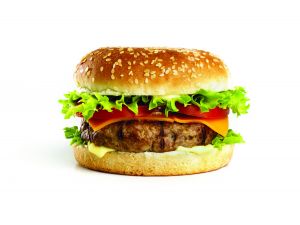
‘If It Fits Your Macros’ might not have a catchy acronym but it’s swiftly becoming one of the most popular diets available – if not necessarily the most effective. As the name suggests, the purpose is to track your intake of macronutrients (protein, carbs and fat), aiming at your specific daily target for each. What makes it so popular is that as long as you hit those targets – typical numbers might be 200g protein, 300g carbs and 80g of fat for someone eating 2,700 calories a day – you can eat literally anything you want.
Most research on dietary compliance shows how useful flexibility of food choices is, and diets that ask you to eat very differently from family or friends fail quickly. The IIFYM recommendations are also high-protein – research shows that this is ideal whether you want to gain muscle or lose fat.
The two main problems with it are that tracking the macronutrient numbers at every meal is a pain and that the rules can be used as an excuse to eat junk. It may be junk that ‘fits your macros’ but it’s still junk, and trans fats and preservatives are linked to unpleasant long-term health effects.
Pros: Allows you great flexibility in the types of foods you eat, so it’s not socially isolating.
Cons: Quality of food choices might suffer and it’s not easy to track the three separate macronutrients each time you eat.
Verdict: Best suited to muscle- and number-crunching bodybuilders.
Primal
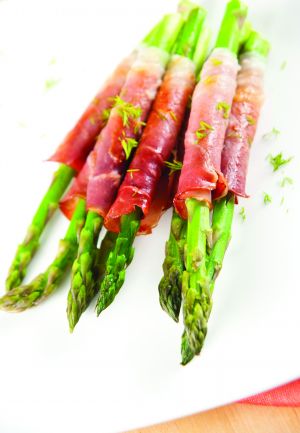
Like the idea of eating like a caveman but can’t face tea without milk? Primal could be for you. Invented by Mark Sisson – creator of Paleo website Mark’s Daily Apple – it’s based on Paleolithic eating and avoids processed foods, grains and legumes. The important difference is dairy: while Paleo dieters are strongly discouraged from eating or drinking cow juice, Primal style eaters are allowed some, on the condition it’s high-fat, organic and preferably from grass-fed animals.
Another important difference is that while Paleo is not specific about macronutrients, Primal suggests keeping carbs low. The bulk of Primal’s food intake is proteins and low-starch veg – carbs are strictly rationed so that only enough carbohydrate to power training and recovery is eaten.
Although there’s no extensive research on Paleo, small studies have indicated that this type of diet can be even more effective than the gold-standard Mediterranean diet (vegetables, legumes, healthy fats, small amounts of meat) for improving health. Another strength of the Primal plan is its emphasis on training, sleeping well and generally being a rounded happy person.
Pros: Lots of high-quality foods with slightly more variety than hardcore Paleo.
Cons: Still restrictive, and there’s not a huge amount of evidence of its efficacy.
Verdict: For anyone looking for a healthy eating plan, especially if you have any digestion problems with grains or legumes.
Flexitarian
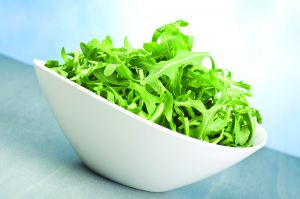
This hybrid diet is partly about health and partly about food ethics. Flexitarian has no strict definition but essentially it’s a mostly vegan diet with a serving of meat or fish once or twice a week. ‘Going flexi’ means making your diet largely plant-based – you’ll be eating a lot more veg and significantly less meat. That means more fibre, phytonutrients and micronutrients and less saturated fat.
That’s the argument for it, at least. In reality, research shows vegans and veggies aren’t significantly healthier than meat-eaters who actually care about their health. Also many vegan diets are absolutely terrible, featuring lots of processed grains and little in the way of quality protein, fats and micronutrients. If you’re considering Flexitarian it’s essential to pay attention to your sources of omega 3 fats and seek out high-quality protein foods such as tofu and tempeh.
If you're concerned about animal welfare, make sure you’re eating grass-fed and free-range meat where possible - as a bonus, it’s got a far superior nutritional profile to standard meat as well.
Pros: Flexibility to eat socially, and eating more vegetable matter should deliver more phytonutrients and micronutrients.
Cons: It can be constricting at times, and takes some planning.
Verdict: Best for those who worry about ethics and their wallet, but you must plan properly to not miss out on essentials.
Okinawa Diet

It’s a pretty safe bet that the population with the highest life expectancy on earth can teach us something about health. As you might expect from a traditional island-based culture the diet of Okinawans has plenty of whole foods and vegetables. What is a little more surprising is that there isn’t a huge amount of fish. In fact, although the diet is about 10-15% lower in total calories than the standard Japanese diet, it is around 30% lower in total protein and fat.
The amount of carbohydrate eaten is similar to the standard Japanese diet but Okinawans’ choices are more nutrient-dense, with the majority of carbs coming from plants such as the phytonutrient-rich purple yams. Research indicates that the reduction in calories and protein is reflected in people’s body shapes, with the longest-lived having BMIs at the lower end of the ‘healthy’ range.
Although quite a lot of research has been done on Okinawans’ diet, as with all epidemiological research there are plenty of questions but no firm answers. Ultimately, we don’t know what it is about the diet that works.
Pros:
It’s been shown to support longevity and general health.
Cons:
It’s not ideal for most athletes and those looking for muscle gain.
Verdict:
If longevity is the number one priority, this is the diet for you. It’s more suited to endurance than power athletes.
Between 2014 and 2015, Andre Jackson was the web editor of Men’s Fitness UK, which predated and then shared a website with Coach. A love for climbing ropes and boarding slopes, he doesn’t have the most traditional of workout plans but he’s obsessed with finding out how much protein he can get from everything. His favorite gym move is double wave battle ropes, his favorite sports are football and snowboarding, and his personal best is conquering a V6 bouldering climbing wall.
